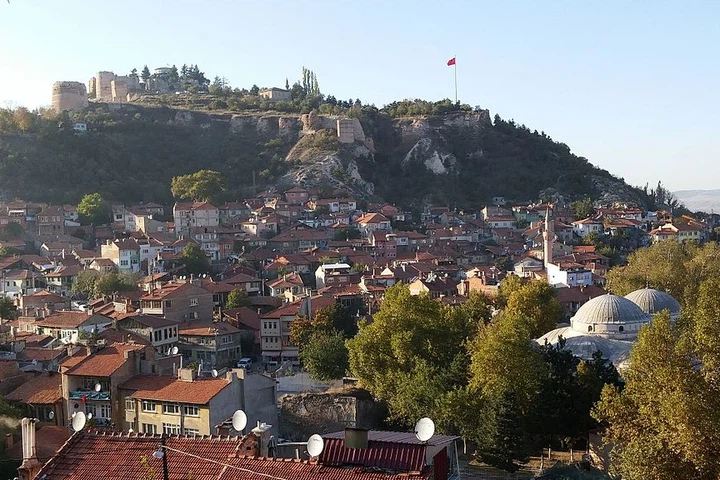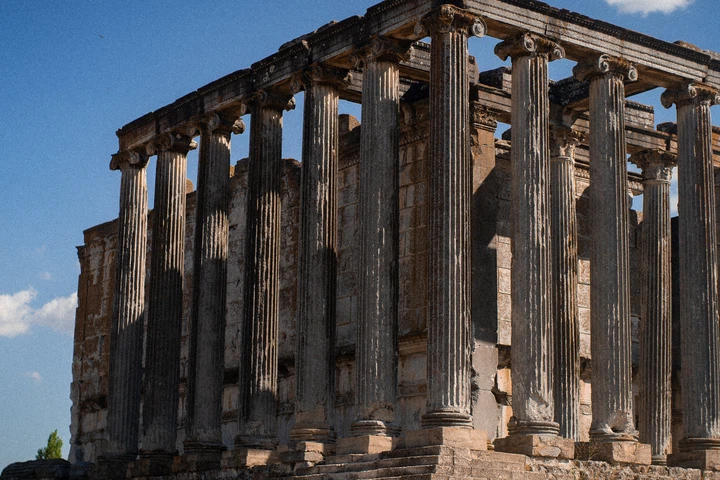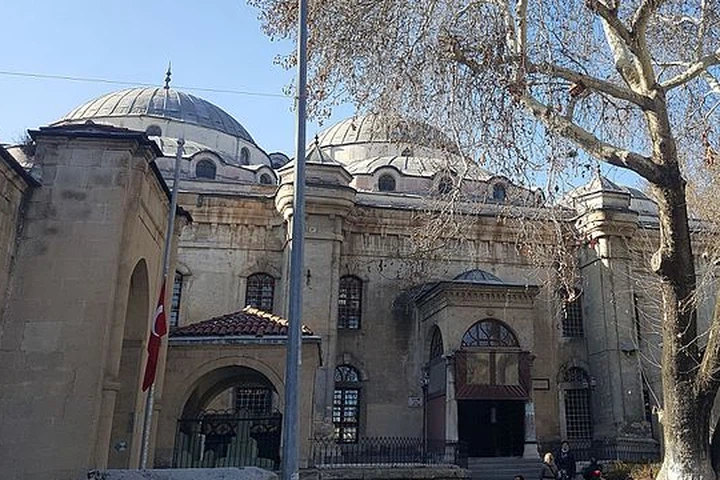- Home
- Flight Ticket
- Kütahya Flight Ticket
Kütahya
Kütahya City Guide

This city is situated in the Aegean Region's interior and is readily and quickly accessible owing to airline ticket options to Kütahya. Per the HR statistics from 2016, there are 23 districts and 27 municipalities in this area. Kütahya has a history that predates Christianity. The city, which goes back 3000 years, was known as Cotiaon, Cotiaenum, and Coti. The Phrygians were the first to settle in Kütahya. Kütahya has been home to several empires throughout history, including the Hittites, Lydians, and Persians. The city was conquered by the Seljuk State in 1078. It was thereafter transferred to the Germiyanoullar Principality. It was presented to Yıldırım Bayezid as Devlet Hatun's bride in 1381.
Many architectural achievements may be found in Kütahya, which remained an important place during the Ottoman period. Mosques, madrasas, motels, and fountains were erected in this city under the Ottoman Empire, and it boasts some outstanding specimens of architecture. The city was briefly held by Greeks during World War I and freed on August 30, 1922. On October 8, 1923, it was designated as a city.
When to go to Kütahya?
Despite its location in the Aegean area, Kütahya is distant from the sea, and its climate differs from that of the Aegean Sea due to its high elevation. The effect of all three areas can be evident in Kütahya, which has the Aegean climate and a transitional climate between Central Anatolian and Marmara temperatures.
The summers are warm and dry, while the winters are chilly and wet. Snow is the most common type of precipitation in the winter. The months of spring and summer are great for visiting Kütahya. In terms of vegetation, 52% of Kütahya is surrounded by woodland regions with Mediterranean, Aegean, and Central Anatolia features. Those asking how many days to stay in Kütahya should surely consider the weather conditions if they plan on visiting this city. This allows for a more perfect travel experience.
Places to Visit in Kütahya
The city, which is rich in heritage and culture, has numerous attractions. Furthermore, various valuables, particularly porcelain, are renowned all over the globe in Kütahya, which has a distinct character with its subterranean and aboveground wealth. There are several activities to do in Kütahya, which has been recognized by UNESCO as a 'Creative City' due to its historic buildings and natural beauty. Those wondering how long they should stay in Kütahya should plan on spending at least two days there. If you wish to get deeper into these attractions, you might look at airline options to Kütahya.
Kütahya Castle
The Byzantine Empire erected Kütahya Castle in the 5th century, making it one of the region's emblems. It was taken by the Turks throughout time and repaired during the Seljuk, Germiyanoullar, and Ottoman eras, with additional structures, erected. During its heyday, the fortress had 72 bastions, according to famous traveler Evliya Çelebi. This castle also holds the distinction of being Turkey's third greatest. The Kale neighborhood also has the Kale-i Bala Mosque, which was erected during the Ottoman time, and the casino, which was built during the Republic period. Every 45 minutes, the casino, known as the 'Revolving Casino,' turns 360 degrees. It is possible to sample delectable cuisine here.

Lajos Kossuth Museum
The Hungarian Home, as it is often known, is a traditional Turkish house from the 18th century. For over two years, attorney Lajos Kossuth, one of the most prominent characters of the Hungarian liberation fight, resided here with his family. Because the Ottoman Empire considered Kütahya to be a secure city, the individuals who came as refugees were sent there. During this time, considerable research was conducted on the Hungarian Constitution. The structure includes two levels and seven rooms. On September 19, 1982, it was transformed into a museum. Various objects belonging to guests and the attorney himself can be found inside the gallery.
Also, there is a piano from the 18th century. The art gallery exhibits characteristic ethnic elements that were common in Turkish homes in the 18th century. You may learn more about this museum by looking into Zafer airport travel tickets.
Phrygian Valley
This valley, located between the cities of Kütahya, Eskişehir, and Afyon, is one of Turkey's most important historical sites. The valley extends from Yenibosna hamlet, 3 kilometers from the city center, to Ovacik town, 55 kilometers distant. Even though its worth is unknown today, the tourist trips made possible by a recent study have improved the region's reputation. This Phrygian village valley is thought to have been established in the 11th century BC. Huge and extravagant antique objects have been sculpted in this original location. Regrettably, this valley, where the renowned AROG film was filmed, still does not receive the designation of a conservation area. As a result, admission is free, and historical structures may be easily viewed. You may simply get here due to the Zafer Airport airline ticket.
Aizanoi Ancient City
Aizanoi Ancient City, located 50 kilometers from the city center, was the home of the Aizanitis, who were allies of the Phrygians. Archaeological digs in the area have revealed the remnants of an ancient habitation going back to 3000 BC. Visitors who desire to travel back in time can visit this city, which was conquered by the Romans in 133 BC. Because the city is well-developed in winemaking and wool manufacturing, it is assumed that the welfare levels are high. The town, which began to fall in the 16th century, was known as Çavdarhisar because the Lai Tatars used it as a stronghold during the Seljuk period. Through studies in the region, European adventurers rediscovered the city around 1824. Excavations, which began in 1926, increased in the 1970s and continued until this day. For starters, the Old City of Aizanoi is significant due to the presence of the Temple of Zeus, which is the best surviving in Anatolian. The magnificence of this resort is enhanced by theaters and stadiums with seating for roughly 15,000 people. The city also has several old ruins, both huge and tiny.

Şengül Bath
According to the materials documented by the great traveler and scholar Evliya Çelebi, Şengün Bath, which is one of the must-see sights in Kütahya and is situated in the center of the city, was created in the 16th century. The bath, which is not described in any other resource besides Evliya Çelebi's travel guide, is no longer utilized as a bath. After being repaired in 2007, it became the Kütahya Geology Museum. On April 25, 2008, the structure reopened to the public following its repair. Kütahya is a city rich in subsurface resources and a reflection of Turkey's geological wealth.

Grand Mosque
The Great Mosque is an essential sight to see in Kütahya. The most renowned and greatest mosque in Kütahya, the Kütahya Great Mosque, was erected between 1380 and 1384 on the instruction of Yldrm Bayezid. It has a 45x25-meter rectangular footprint. During the time of Suleiman the Magnificent, Mimar Sinan restored this mosque, which has a square architectural form. The mosque's columns were also transported from the old city of Kütahya, Aizanoi. The two distinct hues on the mosque's belts give it a dynamic aspect. The mosque has three gates.
